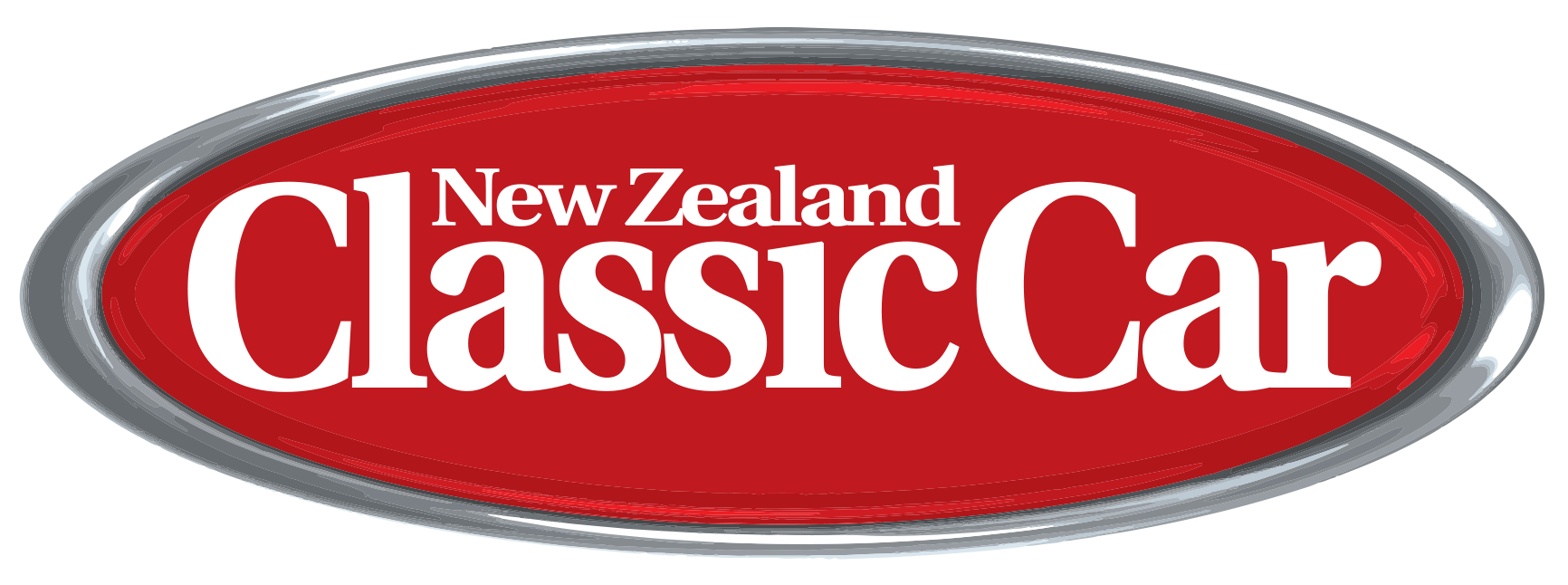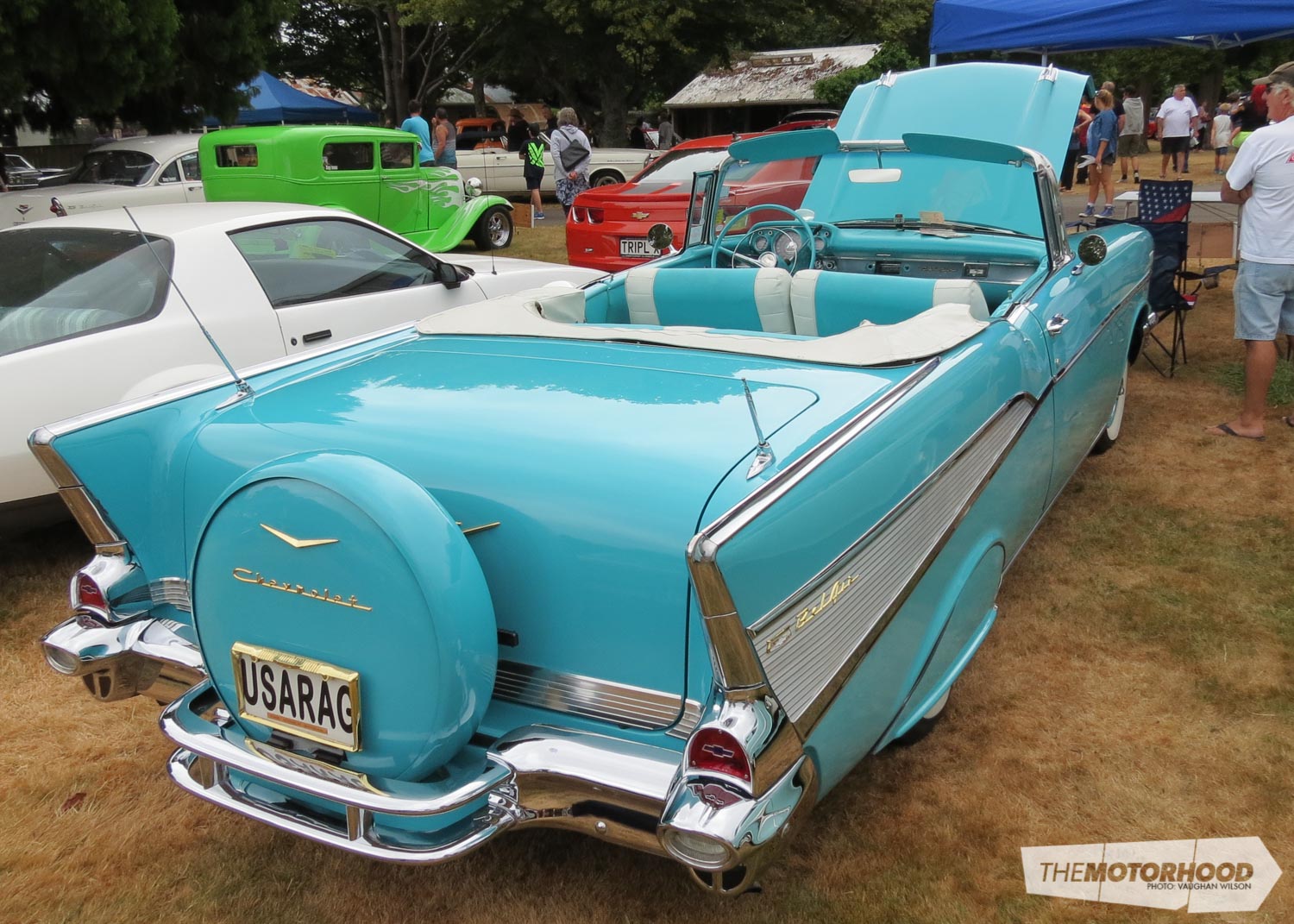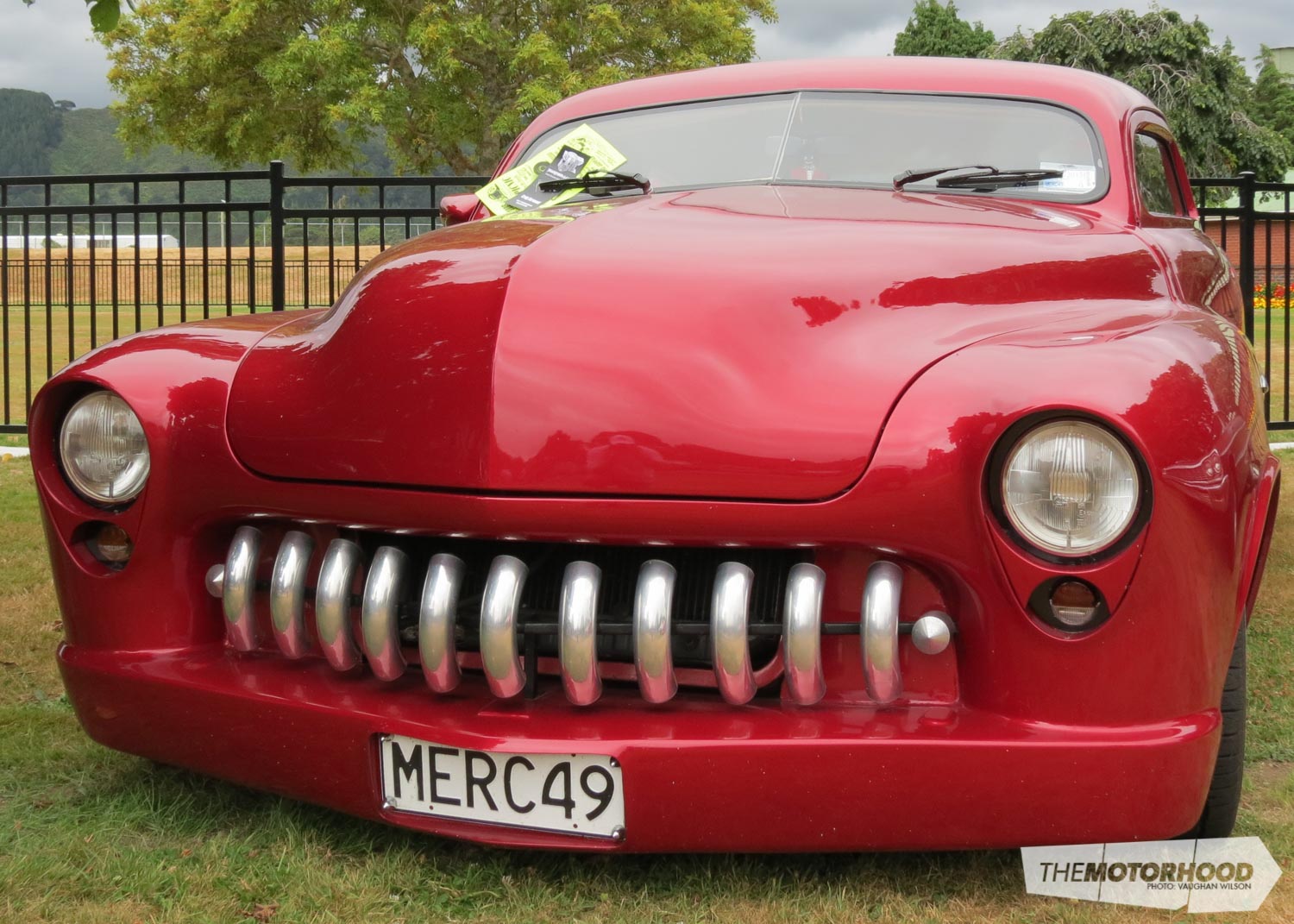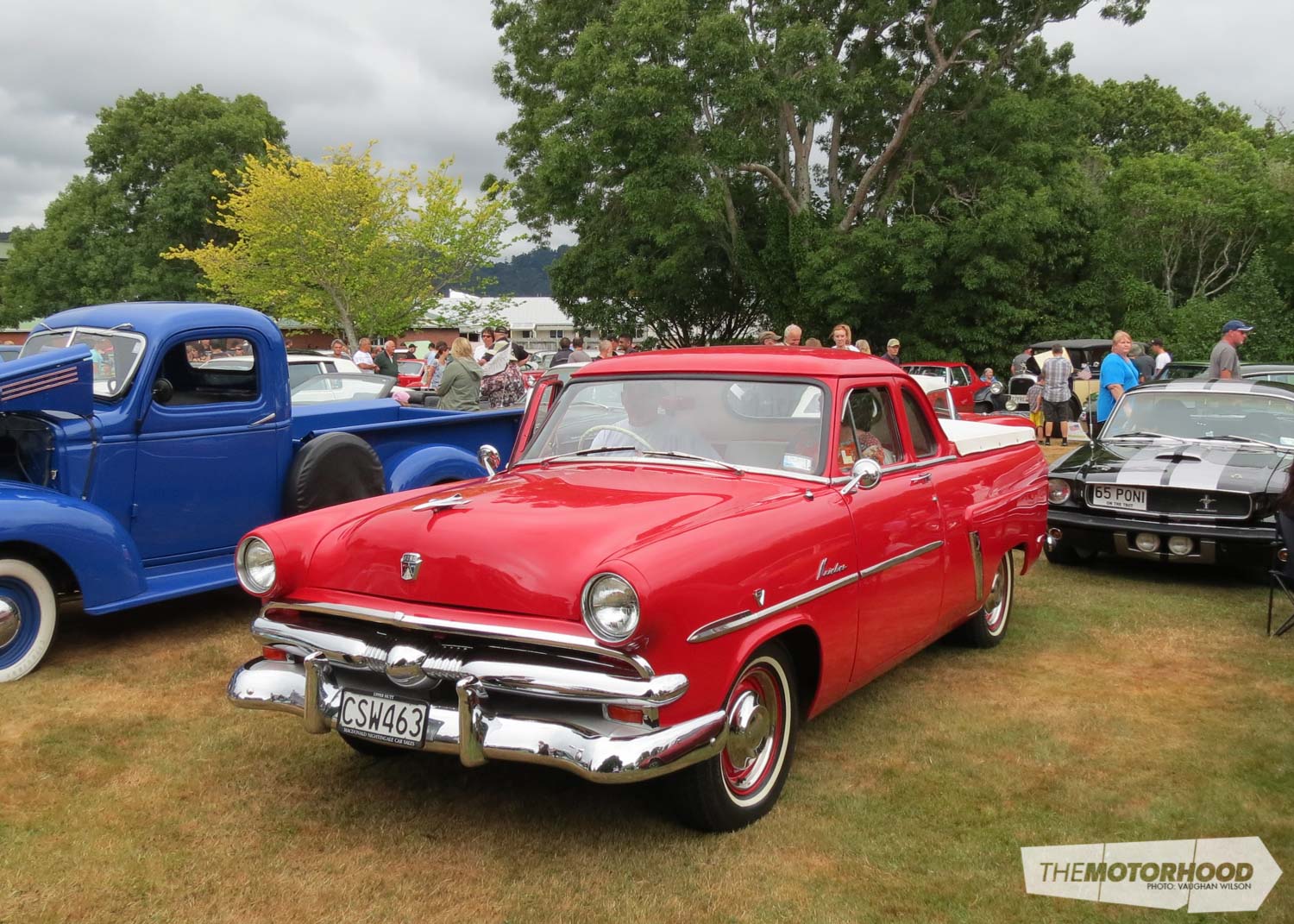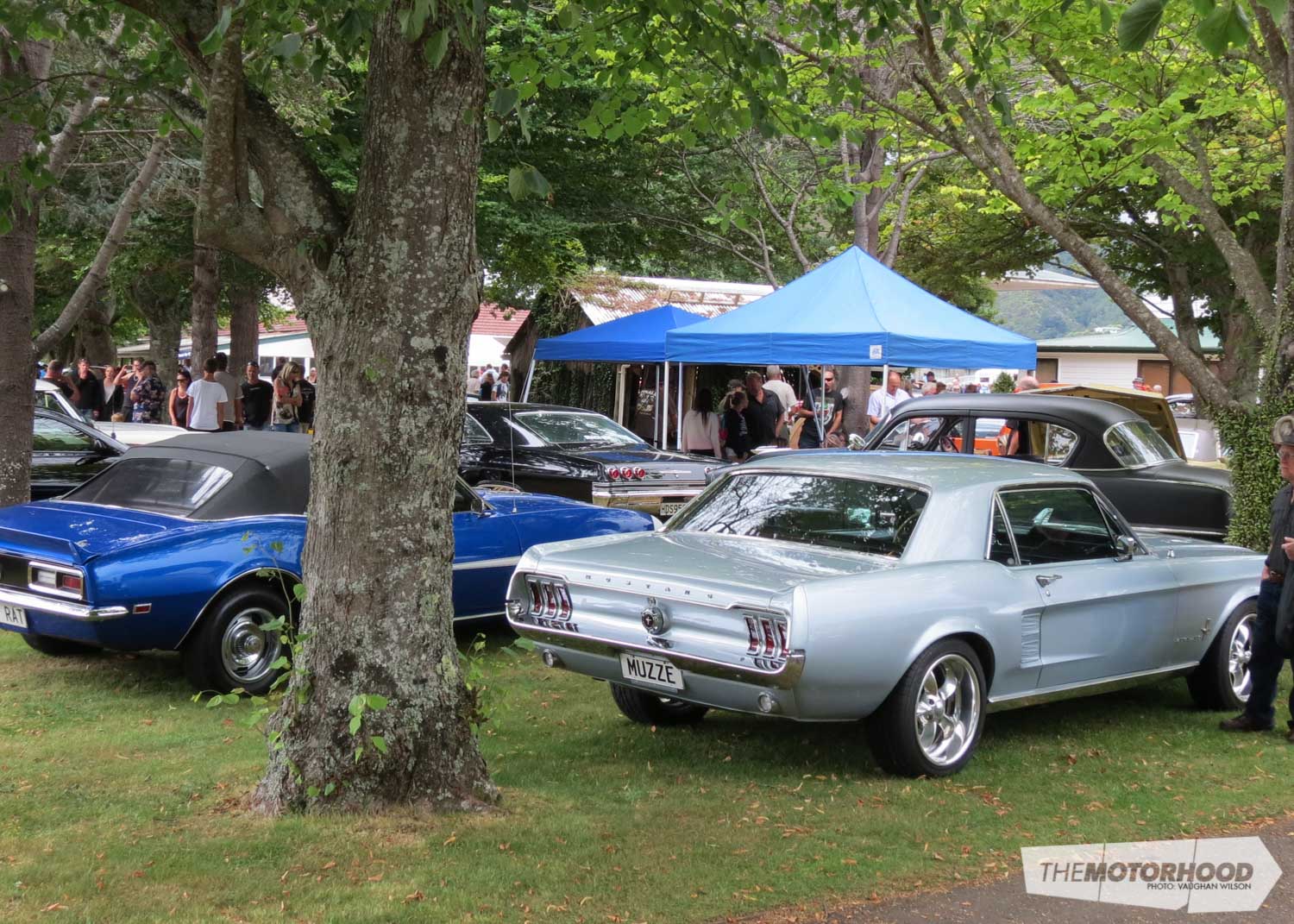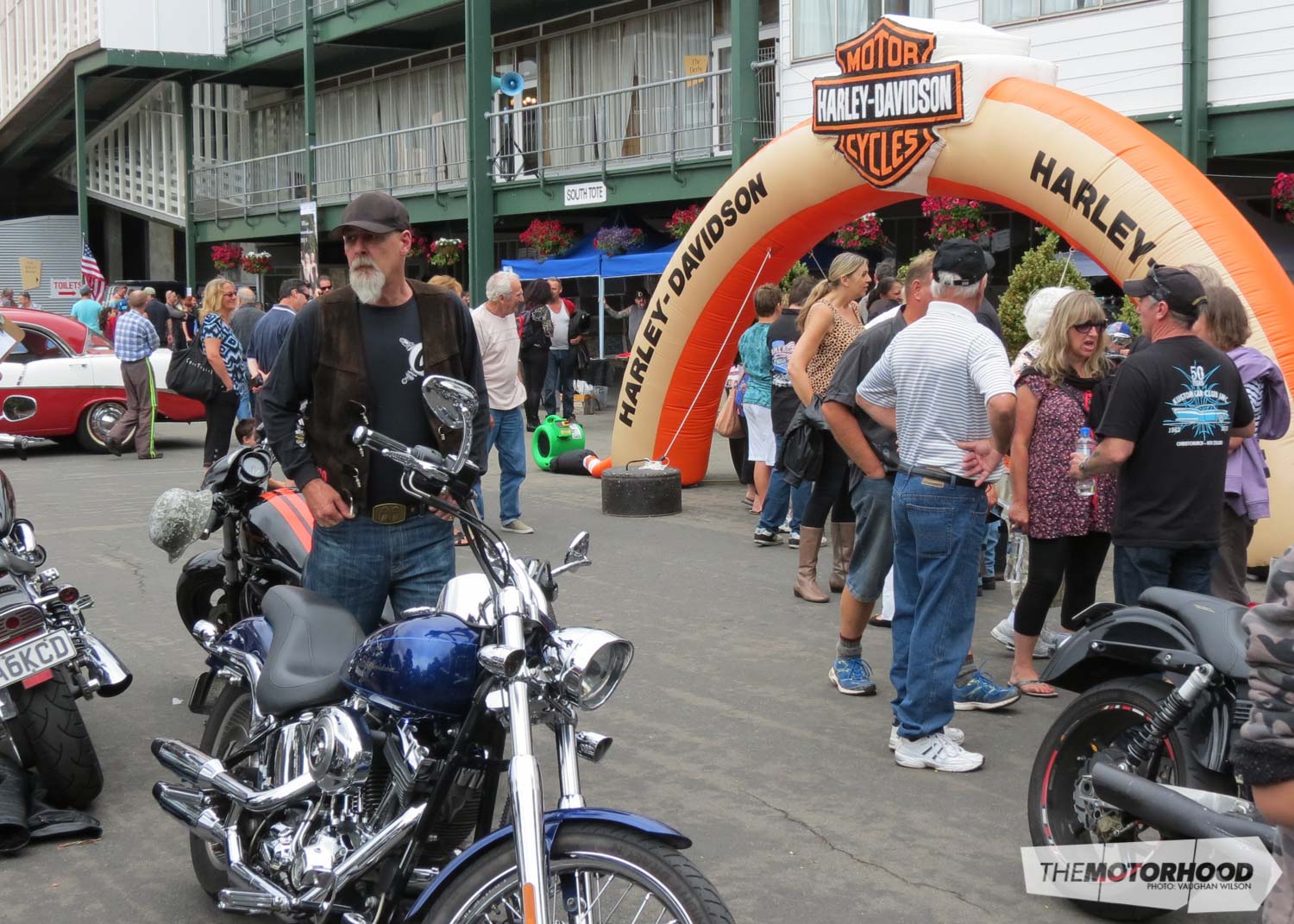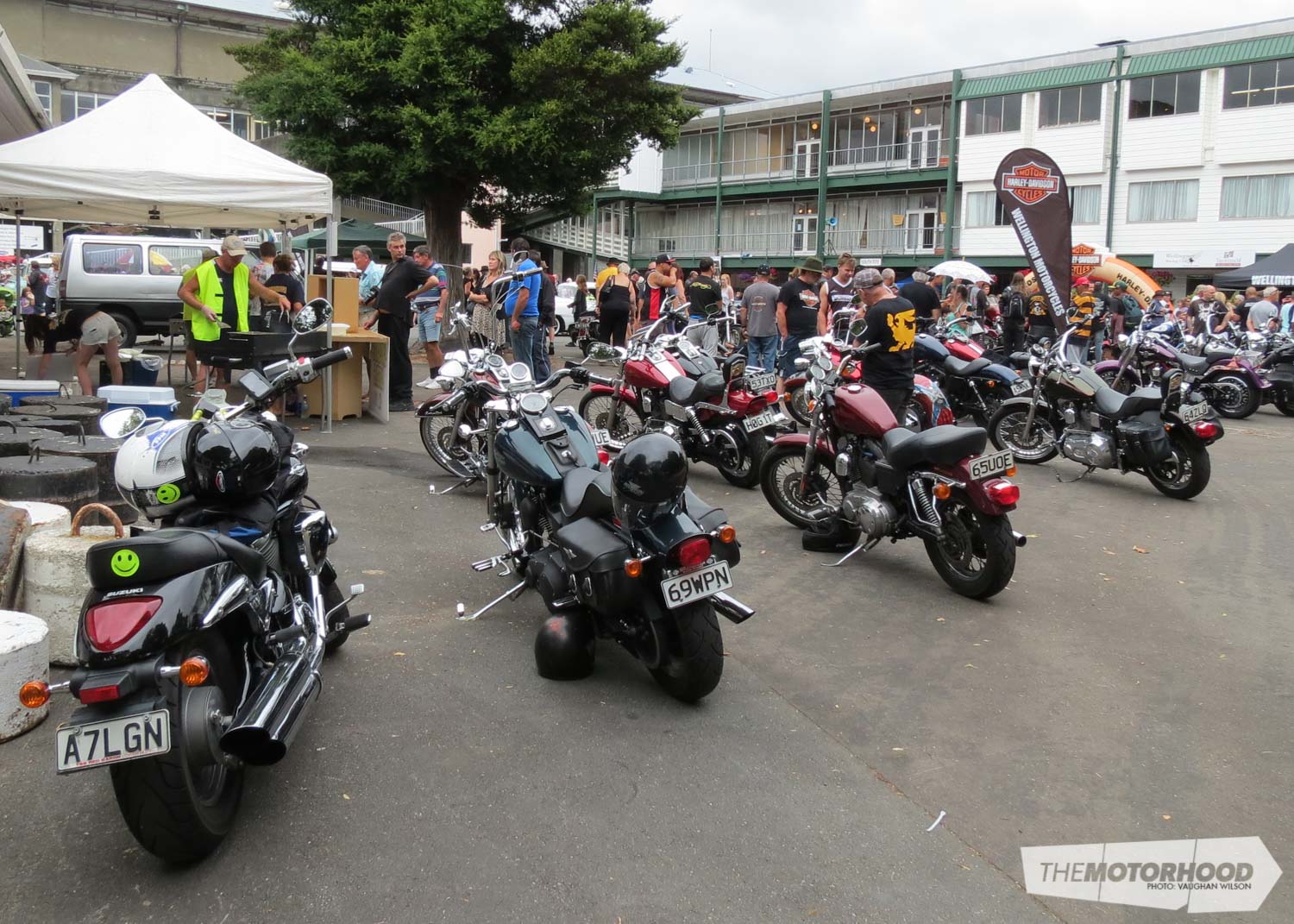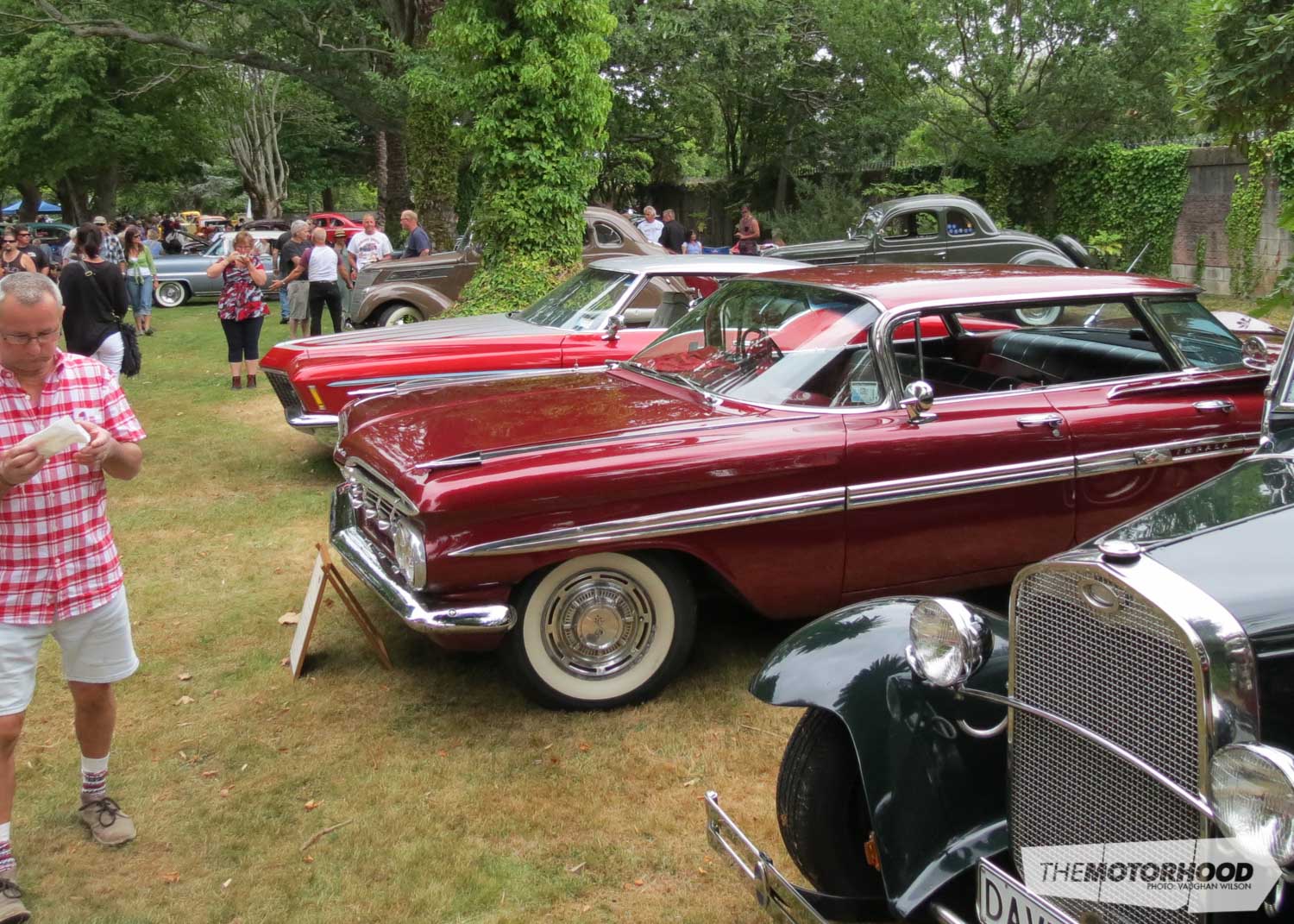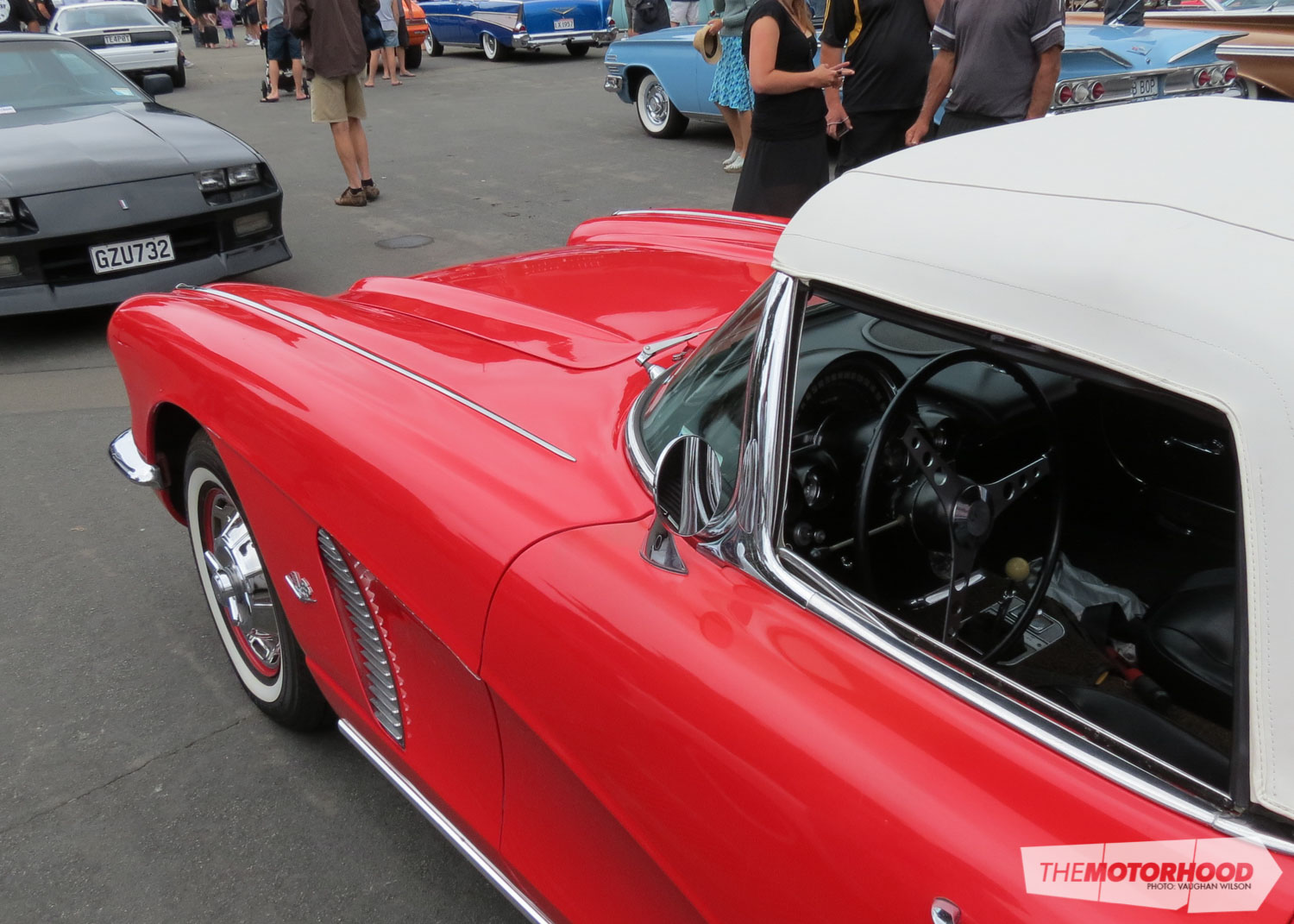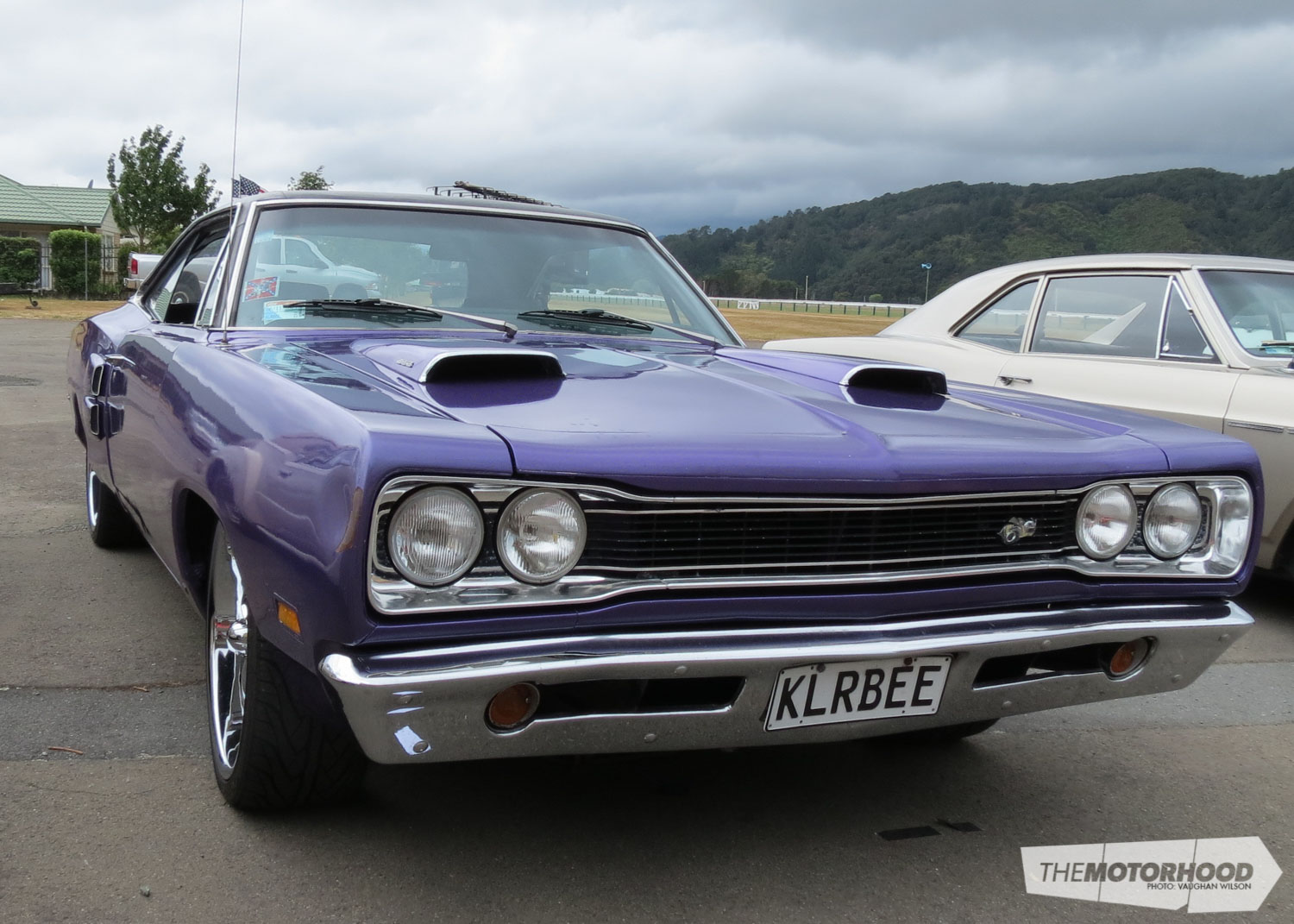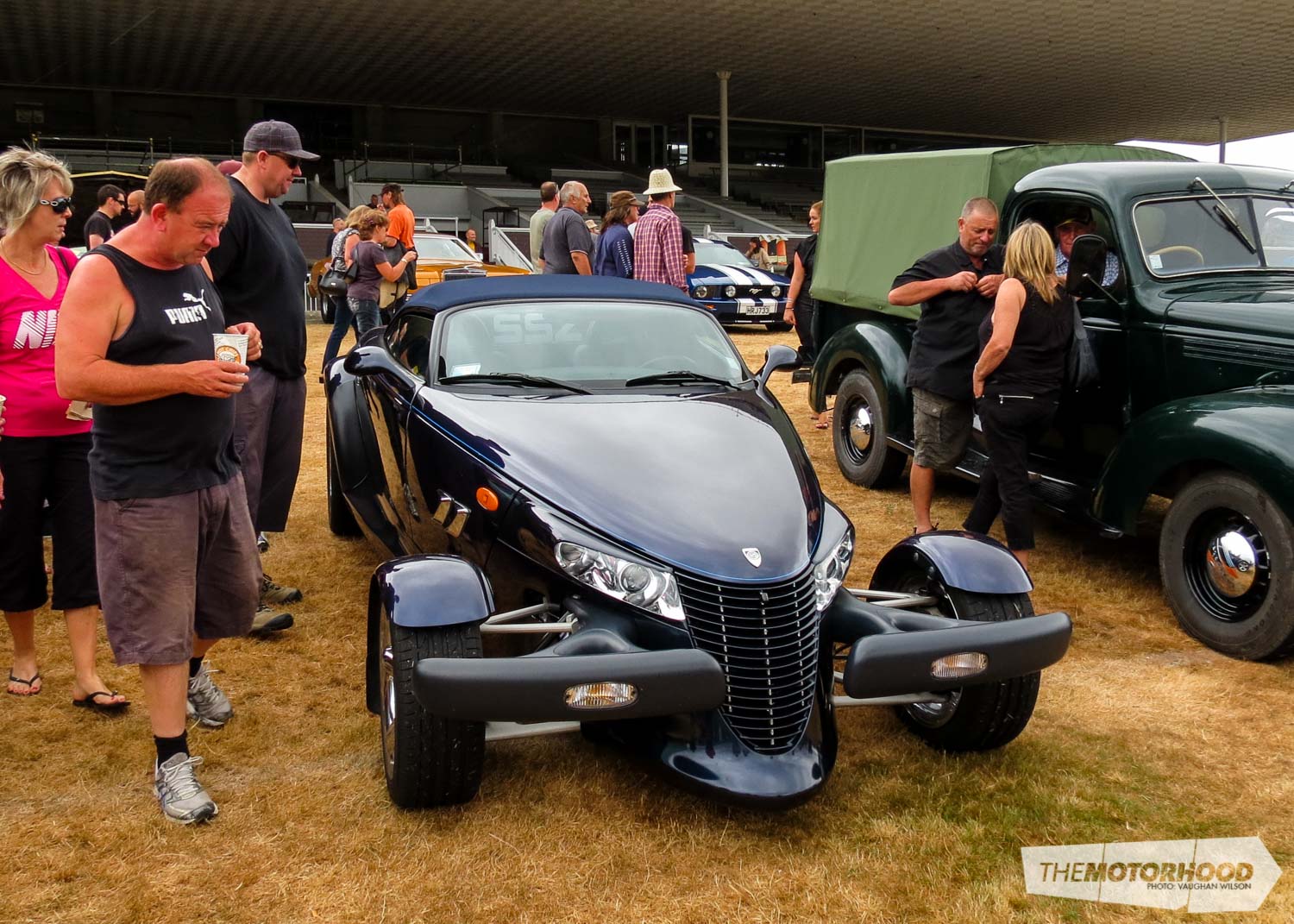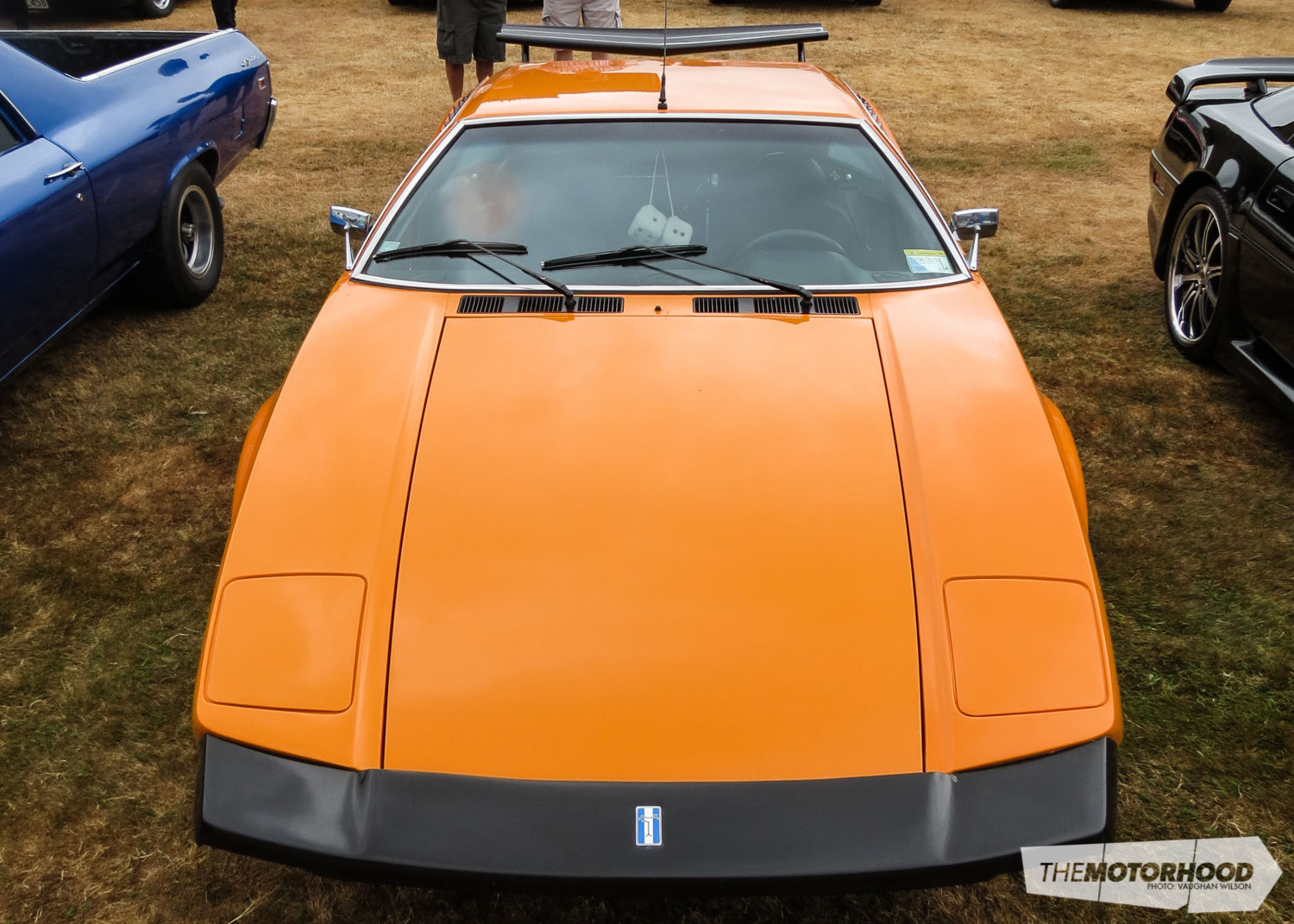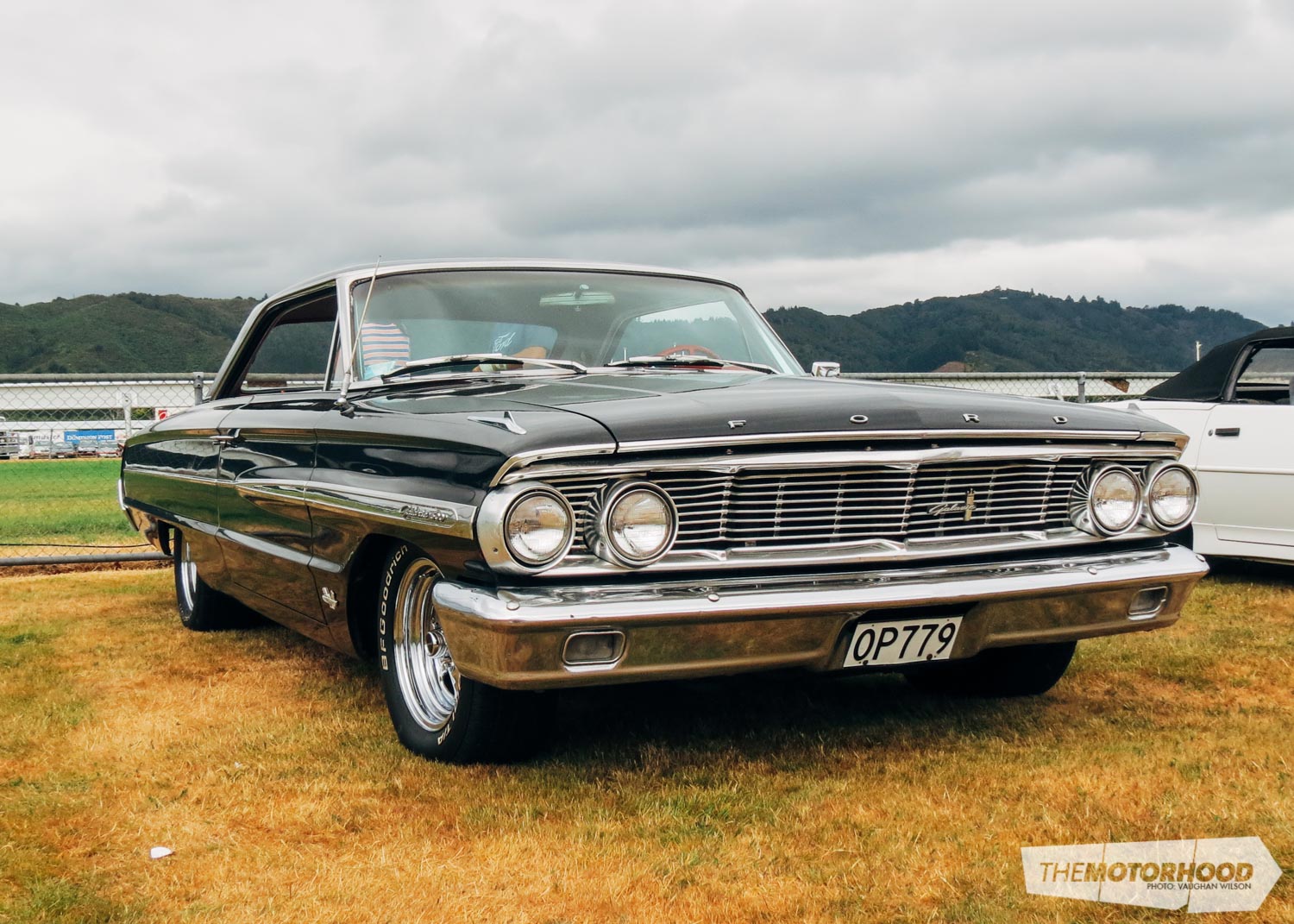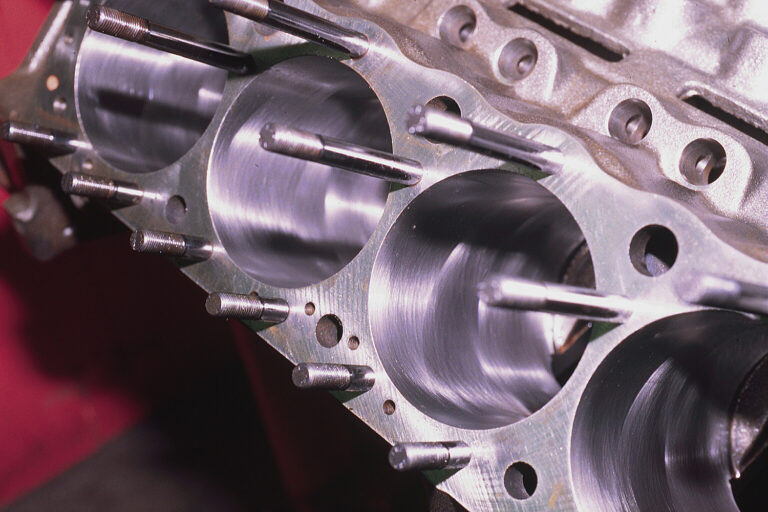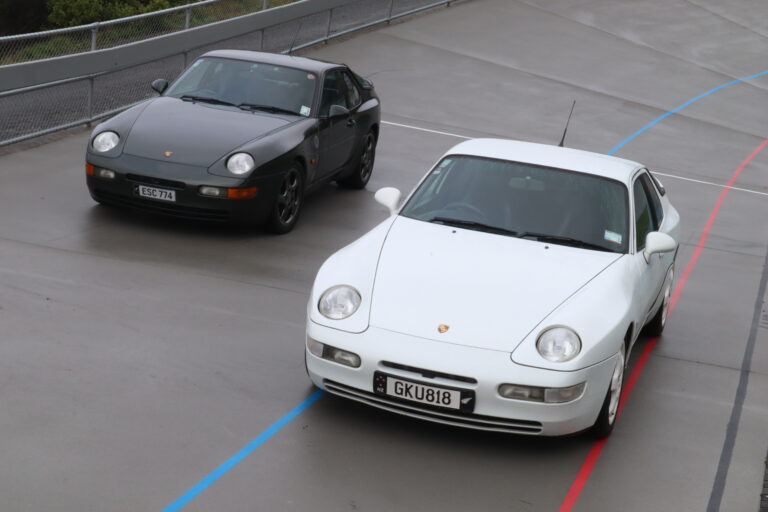The brainchild of Upper Hutt’s Moonshine Rod and Custom Club, the Annual American Vehicle Day has appeared on the car show calendar for the last 16 years. It grows in popularity year on year and 2015’s event was held at Trentham Racecourse, just north of Wellington, on February 1.
Each year the Moonshine Rod and Custom Club choose a charity to donate the proceeds collected from the gate-entry takings. This year they had 2800 people pay an entry fee that was donated to benefit the Wellington Coastguard. Previous charity recipients include the Arthritis Foundation, Wellington Multiple Sclerosis Society, Woman’s Refuge, Home of Compassion, Wellington Free Ambulance, and Riding for the Disabled.
The event is sponsored by Value Motors, as well as Pan Head Brewery, Flair Flooring, Bin Hire, Wellington Motorcycles, and Mainfreight. Spot prizes, a live band, numerous food and drink stalls, and associated vehicle product on display for purchase were all features of the event.

On display were over 500 vehicles, along with over 75 motorbikes, largely dominated by Harley-Davidsons. Numerous car clubs had displays with many of their members turning out to show off their cars, inspect other vehicles, and to set-up camp around a chillybin and enjoy the sun.
Tri-Five Chevs were well represented, with the youngest of them being 60 years young this year. On display at all corners of the event were well turned out trucks, from the 1950s and 1960s, from Ford and Chevrolet.

There was a bevy of Mustangs including numerous well-presented 1960s notchbacks, convertibles and fastbacks, resto rods, and late-model screamers. We counted at least three Dodge Vipers, numerous Camaros of all years and the sister ship, the Pontiac Firebird was also well represented.

Other vehicles to take the fancy of the crowds were a 1962 Lincoln Continental convertible, 2001 Plymouth Prowler, a 1969 Dodge Super Bee, a 1973 DeTomaso Pantera, and a replica teardrop caravan. It was decked out as a mobile BBQ/kitchen and hot beverage maker, and was a real testament to its builder.

A rare 1955 Chevrolet pickup was also showcased; the reason for its rarity is its four-wheel-drive status. Back then Chevrolet didn’t make a four-wheel-drive option, so a company called Napco converted new vehicles to have off-road capability. They did this for other makes too. The one on display arrived in the country looking like it had spent a fair amount of time in the desert, so its new Kiwi owners covered the car in a sealer to ensure its worn look is retained without it getting worse.
The club hopes that the 2016 event will be an even more diverse day, with more entertainment for all members of the family, but with the cars, trucks, and bikes still being the main attraction. We know we’ll be back again to check it out.
